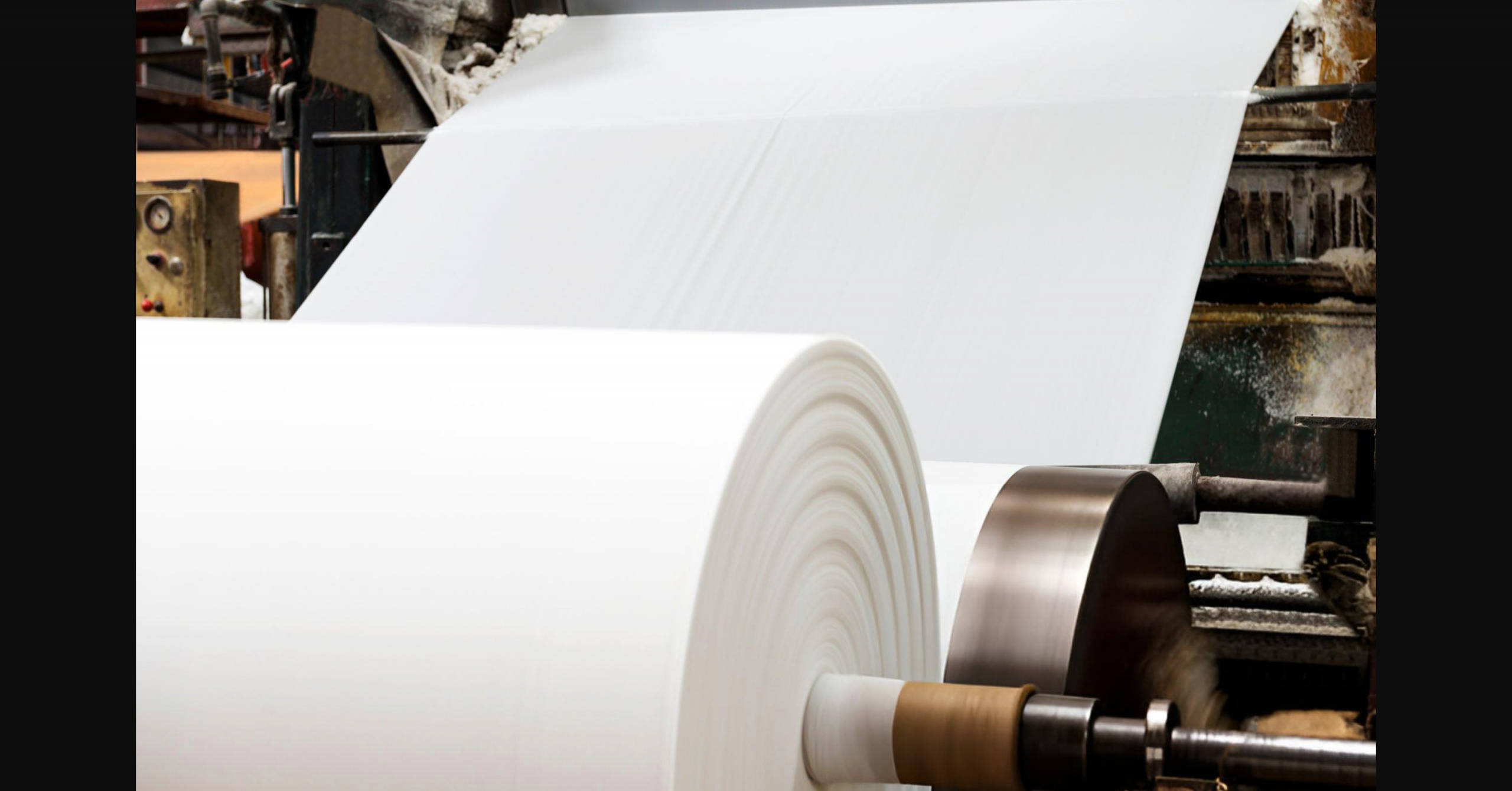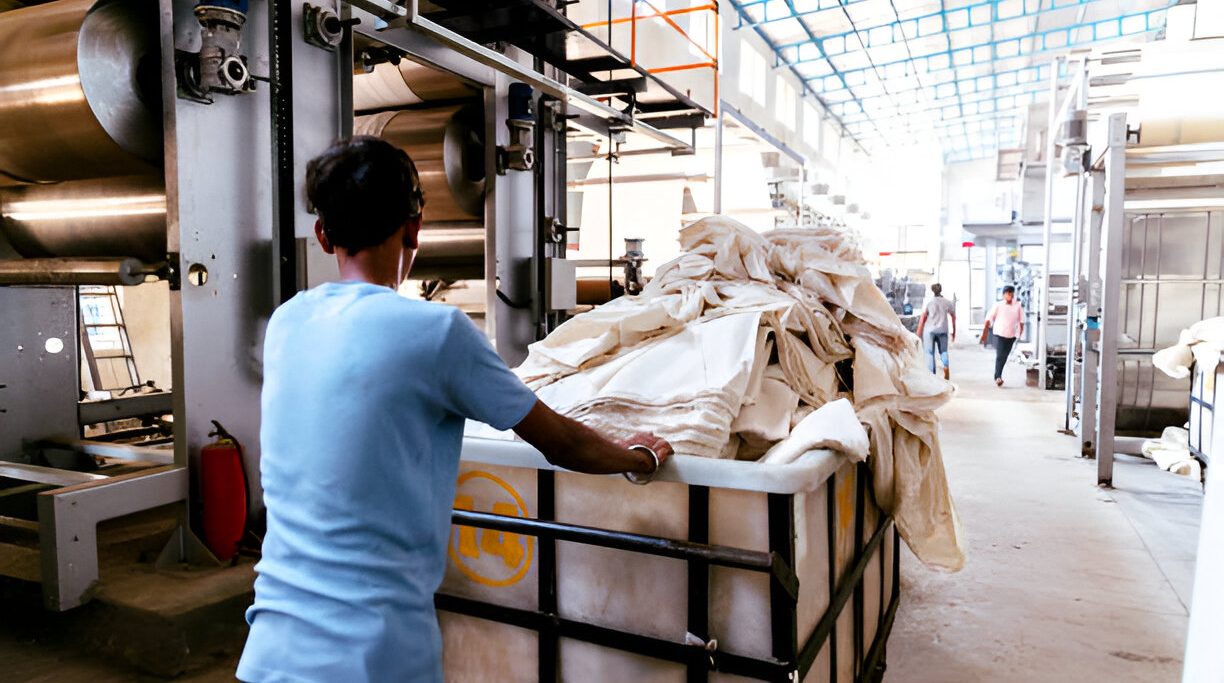In the competitive textile industry, innovation goes beyond fiber creation and fashion trends. True advancement lies in how fabrics are finished to ensure consistency, durability, and performance. One such foundational yet often overlooked process is heat setting in textiles.
Whether you’re in apparel manufacturing, technical textiles, or home furnishings, understanding why heat setting matters can unlock significant advantages in both product quality and customer satisfaction.
What Is Heat Setting in Fabrics?
Heat setting is a thermal process used mainly on synthetic fibers and blended fabrics. The fabric is exposed to controlled heat (typically between 160°C to 220°C) through machines like stenters, autoclaves, or hot air ovens.
This treatment realigns the molecular structure of the fibers, permanently locking in the fabric’s shape, dimensions, and surface characteristics. It is a critical step in textile finishing, especially for materials susceptible to shrinkage,, or deformation.
Why Heat Setting Is Important Across Different Textile Sectors
1. Fashion and Apparel
In the fashion industry, where fit, appearance, and longevity are crucial, heat setting plays a major role by:
-
Preventing shrinkage and distortion after washing
-
Enhancing garment structure for tailored items
-
Reducing wrinkles and creases
-
Supporting permanent design elements like pleats or creases
Use Case:
Pleated skirts, suits, and formal trousers rely on heat setting to maintain crisp folds and sharp lines, even after multiple washes.
2. Technical Textiles
Technical fabrics used in medical, industrial, or automotive applications demand high dimensional stability and resistance to environmental stress.
Benefits of heat setting in technical textiles include:
-
Precise shape control for accurate fit and function
-
Improved resistance to chemicals, heat, and tension
-
Enhanced mechanical strength
Use Case:
Industrial filters and conveyor belts require stable structures to ensure safety and efficiency—heat setting locks in their integrity.
3. Home Textiles
From curtains to sofa upholstery, heat setting improves the performance and longevity of home furnishing fabrics by:
-
Preventing shrinkage and puckering
-
Maintaining fabric shape and drape
-
Reducing ironing needs through improved wrinkle resistance
Use Case:
Curtains and upholstery fabrics retain their structure and polished appearance thanks to effective heat setting.
4. Sportswear and Performance Textiles
Athleisure and activewear demand fabrics that stretch, recover, and breathe. Heat setting is essential for:
-
Enhancing elasticity and shape retention in spandex or elastane blends
-
Improving moisture-wicking properties
-
Ensuring consistent fit and flexibility over time
Use Case:
Compression wear and yoga garments maintain their snug, supportive fit due to properly controlled heat setting processes.
5. Automotive and Transport Textiles
Textiles in vehicles must withstand high temperatures, UV rays, and everyday wear. Heat setting provides:
-
Long-lasting shape and fit for seat covers and carpets
-
Improved heat and flame resistance
-
A cleaner, more refined surface appearance
Use Case:
Car seats and headliners that retain form and resist UV damage are heat set to meet safety and quality standards.
Key Benefits of Heat Setting in Textile Manufacturing
-
Dimensional stability
-
Shrinkage control
-
Wrinkle and crease resistance
-
Permanent texture or pleats
-
Enhanced dye fixation
-
Improved mechanical strength
These benefits translate into higher product quality, customer satisfaction, and reduced return rates, making heat setting a must-have process in modern textile manufacturing.
Heat Setting Is a Game-Changer in Fabric Finishing
Though often invisible to end consumers, heat setting has a profound impact on fabric behavior, longevity, and performance. It ensures that textiles meet the high expectations of industries ranging from high fashion to technical applications.
For manufacturers, mastering the heat setting process is essential for achieving consistent quality, compliance with global standards, and enhanced product value. As sustainable and smart textiles evolve, processes like heat setting will remain central to delivering reliable, functional, and aesthetically superior fabrics.



